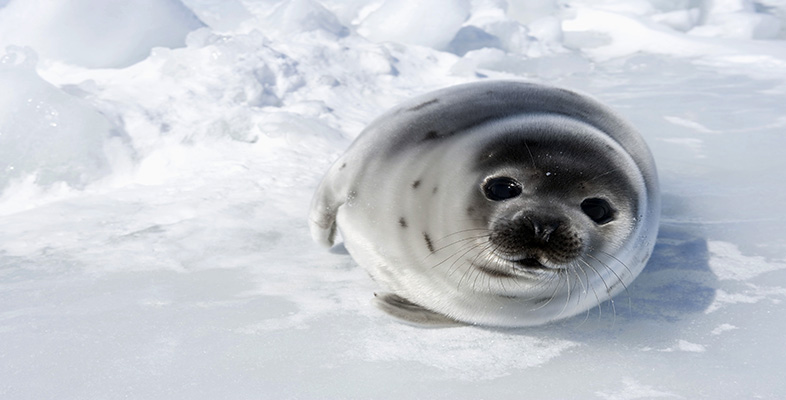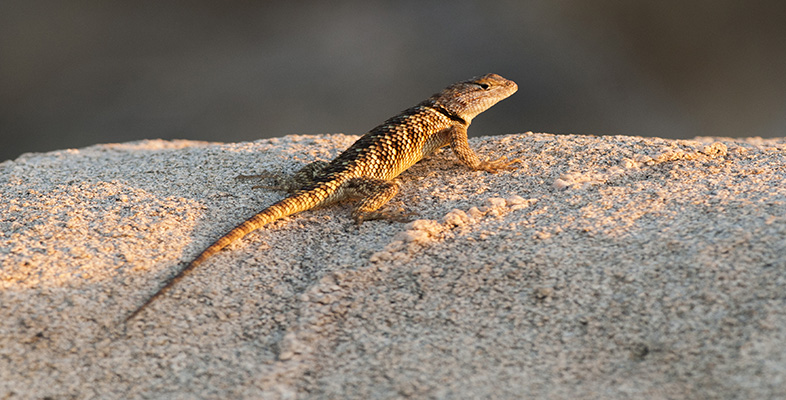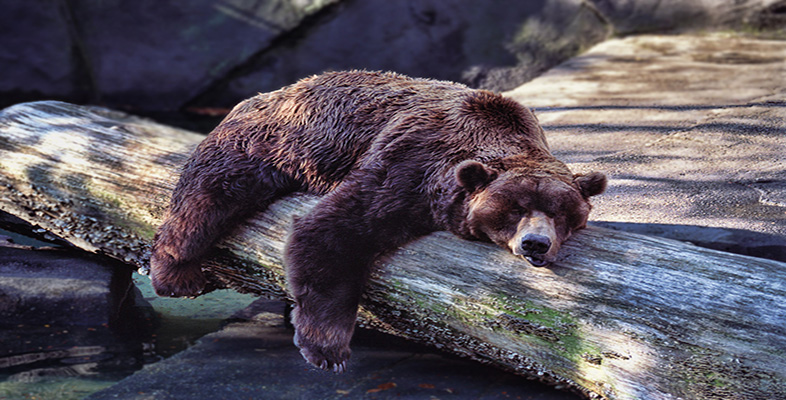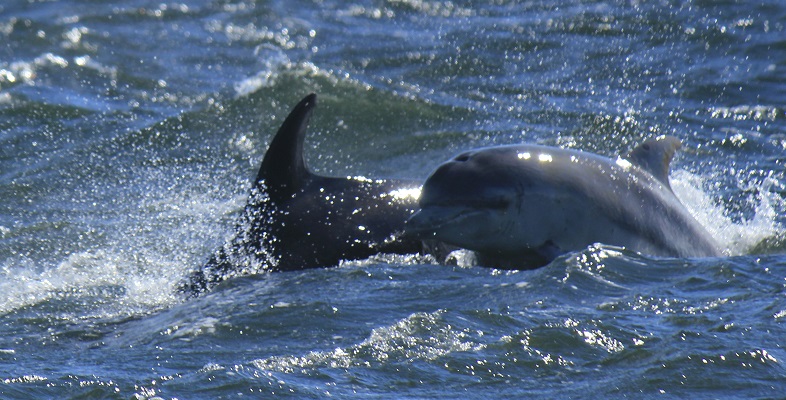Animals at the extremes: Polar biology
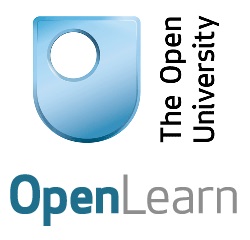
OpenLearn Review
Location
Online(Course Link)
Dates
On Demand
Course Categories
Math, Science and Engineering
Certficate
Yes(statement of participation)
Language
English
Course Fees
FreeNo. of Attendant
Unlimited
Acquired Skills/Covered Subjects
- define and use- or recognise definitions and applications of each of the bold terms,outline the special features of the polar regions as a habitat and list some contrasts between the Arctic and the Antarctic,describe some effects of daylength on feeding,describe some adaptations of fuel metabolism and bone formation to dormancy in bears.
| Provider Name | OpenLearn |
|---|---|
| Training Areas |
|
| Website | http://www.openuniversity.edu/ |
| About The Provider |
Since its launch in 2006, OpenLearn has become an integrated part of The Open University, with the site attracting more than 69 million visitors – many of which go on to make an enquiry about becoming a formal student, strengthening the journey between informal and formal learning. The OpenLearn team originate, commission and develop content that unites faculty and University priorities with areas of topical and general interest. This is in support of our own student population in their academic, skills and career and personal development (CPD) endeavours, delivering quality assets openly available for teaching and learning. OL deliver bite-sized learning experiences designed to fit easily into daily life, so whether you're a busy parent looking to get promoted at work, or back-packing across Africa and wanting to increase your learning, we are open with no requirements to access our free materials. Some of OL academic-led content includes: |
The extreme challenges of life in the polar regions require the animals who make their habitat there to make many adaptations. This free course, Animals at the extremes: Polar biology, explores the polar climate and how animals like reindeer, polar bears, penguins, sea life and even humans manage to survive there. It looks at the adaptations to physiological proceses, the environmental effects on diet, activity and fecundity, and contrasts the strategies of aquatic and land-based animals in surviving in this extreme habitat.

